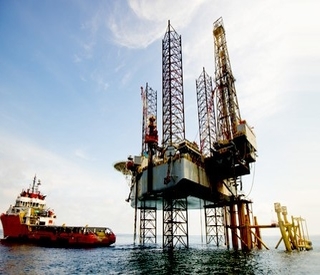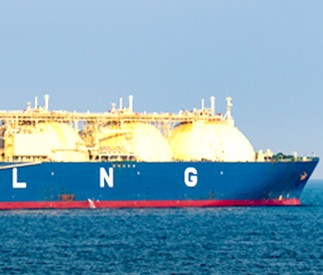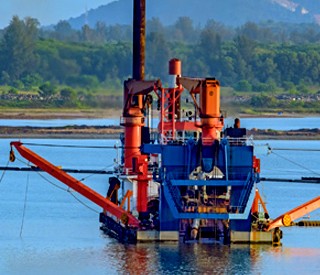Maritime is the backbone of the global economy; it accounts for 90% of cross-border trade. However, the shipping industry has been dealing with its fair share of challenges throughout the years and is expected to face even more in the future. These challenges include fluctuations in vessel charters' duration, new environmental regulations, availability of vessels, pricing competition, financing headwinds, and unpredictable cargo volumes. In addition to the existing challenges, the COVID-19 pandemic has upended the maritime industry and created unprecedented challenges for professionals across the sector. It was forecasted that global maritime trade plunged by about 4.1% in 2020 due to the unexpected disruption caused by COVID-19, according to UNCTAD in its Review of Maritime Transport 2020.
Against this backdrop, like most other industries, the pandemic has also strengthened the case for digitalisation in the shipping industry.
UNCTAD Secretary-General Mukhisa Kituyi said, “The global shipping industry will be at the forefront of efforts towards a sustainable recovery, as a vital enabler of the smooth functioning of international supply chains.” He further added, “The industry must be a key stakeholder helping adapt ‘just-in-time efficiency’ logistics to ‘just-in-case’ preparedness.”
Assuming that the world economic output recovers, UNCTAD expects the growth of maritime trade to return to a positive and expand by 4.8% in 2021 while highlighting the need for the maritime industry to embrace change and be prepared for a transformed post-COVID-19 world.
Engaging in hindsight, some experts said that if disruptive digital technology were adopted widely before the pandemic, there could have been decreased seafarers’ exposure to COVID-19 and improved traceability and transparency in supply chains.
Embracing Digitalization for Technological Breakthroughs
The shipping industry needs to make digitalization a top priority and engage with technological advances, from artificial intelligence to big data analytics to autonomous technology.
Potential disruptive technologies can be used for more effective data analytics, greater autonomy and robotics, high throughput satellite communications, better operational oversight and safety, and new methods of information sharing.
Technology can also help the industry address environmental concerns, such as monitoring system performance and shifting propulsion technology towards zero emissions technologies to eliminate the harmful impact on the environment.
The use of technology can help the maritime industry to process and analyse large volumes of data and improve the speed and quality of communication between ship and shore. Companies need to develop and adopt digital remote monitoring and diagnostics services that involve onboard machinery sensors feeding data back to shore for analysis. This data can be used for improving machinery operation, managing maintenance strategies, and reducing costs.
Maritime Challenges That Technology Can Solve
Digitalisation and strategic use of information and communication technology (ICT) can solve the following challenges and concerns that shipowners, managers and operators are facing today:
Challenge #1: Data Sharing and Safe Operations Through Effective Collaboration Between Ship & Shore
The ship crew expects timely delivery of the things they constantly need from the office, including technical support, inventory, spare parts, food and more. If they do not receive what’s requested on time and without any errors, it can impact the performance of the ships.
Moreover, for your ship operations to run smoothly, you need to be current and up-to-date with the ship’s condition. Although the sensors and monitoring equipment onboard can collect the data on the ship’s performance, you really can’t use it until it’s brought ashore in real-time.
A collaborative digital strategy focused on remote collaboration & engagement can help, but establishing it can be difficult as bandwidth, modernisation of legacy IT systems, signal consistency on board, durability, availability of suitable smart devices, cybersecurity are some of the major challenges that companies need to overcome.
How technology can help: Companies can install suitable VSAT services & complementary 4G equipment on board and adopt IoT & digital twin solutions for remote & real-time monitoring. This will empower the crew with smart devices such as remote expert intervention solutions and reality-assisted eyewear for enhanced collaboration between ship & shore and effective fleet management.
Additionally, this technology can help share operational data collected from monitoring systems installed on ships in real-time. With real-time data analytics, you would be able to monitor the shipboard equipment and pinpoint issues before they happen and thus prevent potential failures. This will reduce costly downtime and improve safety and security of your ships and your crews.
Challenge #2: Control of Maintenance Jobs and Inspection Routines
Machinery damage or breakdown is the most common cause of shipping incidents; it accounts for more than a third (9,081) out of 26,071 incidents analysed between January 2010 and December 2019.
The pandemic has aggravated the situation. With restrictions on travel, essential maintenance and servicing of the ship cannot be performed on time. This can cause disruptions in the supply of spare parts and other essential consumables like hydraulic oils and lube oils. The travel restrictions may also affect the ability of specialist engineers to access ships to carry out repairs. And if you have to arrange such emergency repair visits, it can be time-consuming and highly expensive. Delay in maintenance or repair can potentially cause damage or breakdown of the machinery.
How technology can help: Timely remote inspection & troubleshooting can be done with the help of digital tools and smart devices through the use of augmented reality, live streaming, video and audio.
Challenge #3: Effective & Safe Training & Familiarization
Managing the unexpected is probably one of the biggest challenges the maritime industry faces, time and again. A well-trained staff, empowered with robust systems and processes to manage risk, is the best way to tackle uncertainty. But training the staff is costly and a logistically challenging endeavor as it’s not possible for the crews to be present at one location or maybe for the Superintendent to come all the way to train the crew.
Moreover, the pandemic has made it more difficult to provide training to staff in an immersive and interactive way. This can prove to be a challenge for the crew to understand the ship structure and the know-how through conventional drawings and planar images.
How technology can help:According to survey results, people entering the shipping industry look forward to new technologies to help work effectively and improve their welfare. Digitalization is welcomed as they see it as an opportunity for self-development.
Augmented & virtual reality systems can help impart effective training that can be accessed from anywhere on any device. Through photorealistic digital solutions, the crew can experience an immersive & interactive virtual environment to explore the real ship structure, improve their marine engineering know-how, develop expertise, and enhance safe operations.
Challenge #4: Crew Health & Welfare
In the wake of the pandemic, it has become more important than ever to keep your crews safe and healthy at all possible costs. When your crew is at sea, they are away from the potential exposure to the coronavirus. But when they are at a port, crew changes, medical screenings, commissioning of equipment and repairs present as opportunities to expose them to the virus.
How technology can help: Crew members can be evaluated from anywhere and at any time through Augmented reality (AR). The AR-enabled headsets can help mitigate the risks by providing a strong telemedicine network so that the crew members can have immediate access to a virtual walk-in clinic and medical care while at sea.
If there’s a possible coronavirus exposure aboard a ship, through AR, the doctors can examine the symptoms, discuss contact-tracing protocols to advice captains and patients on the best steps to take without having to make a trip to a nearby port. This avoids unnecessary trips to ports, further avoiding the risk of exposure.
The Way Forward
Technological advances will drive substantial operational and environmental performance gains, making the shipping industry more connected, integrated and automated.
But technological innovation cannot do it all alone. If you want to realize the full potential of technology, stakeholders across the shipping sector must play their part and cooperate effectively.
We believe that now is the time for ship owners, managers and operators to tap into the potential that digitalization, automation, and big data have to offer to ensure resilient operations and a sustainable, profitable future.
mARitymVR by Vedam Design provides you with real-world solutions to prevent, prepare and respond to challenges the maritime industry is facing today.
Get in touch at vedam@vedamindia.com for more details!

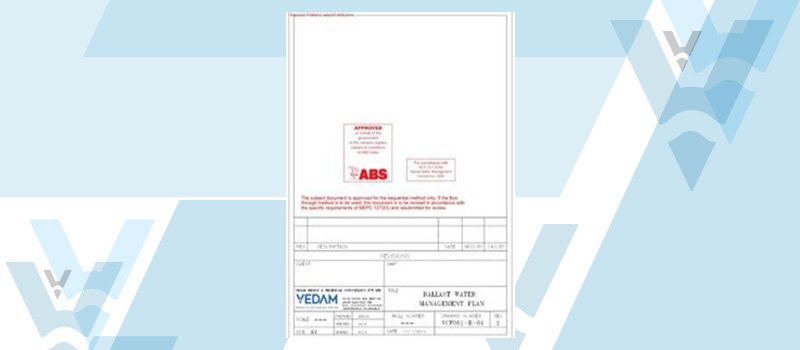
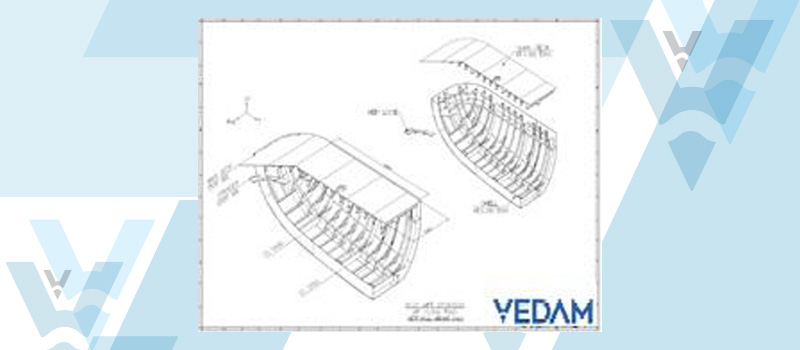
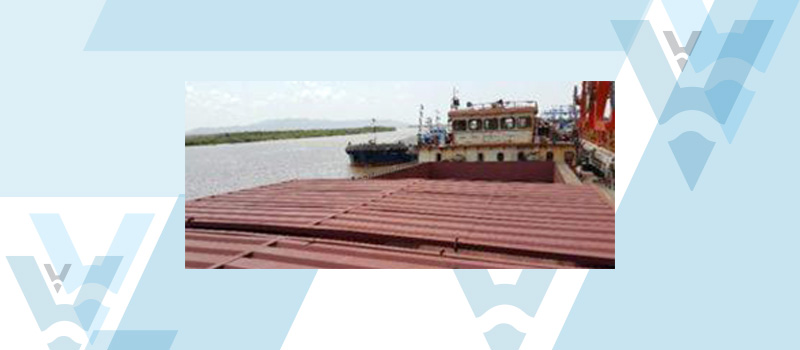
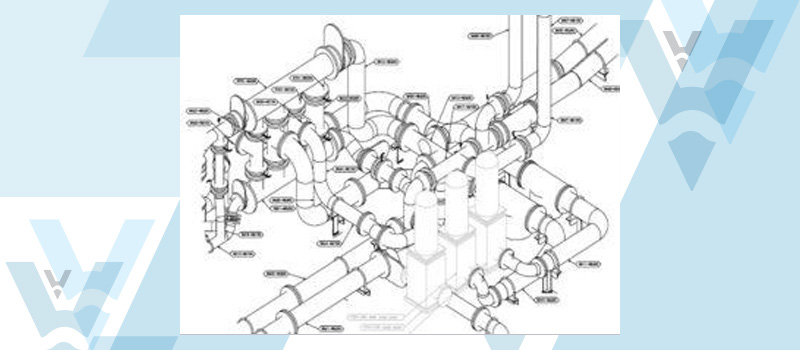
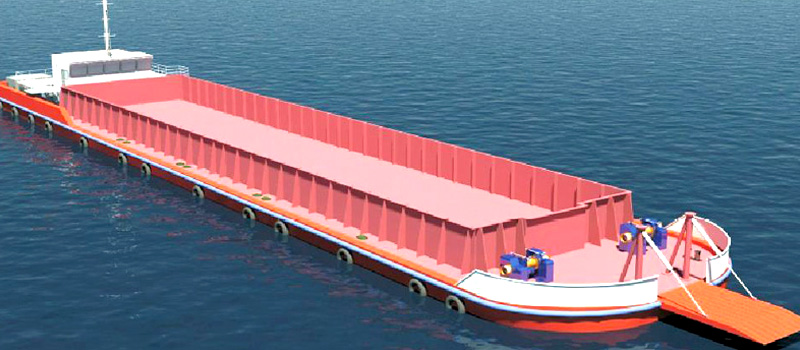
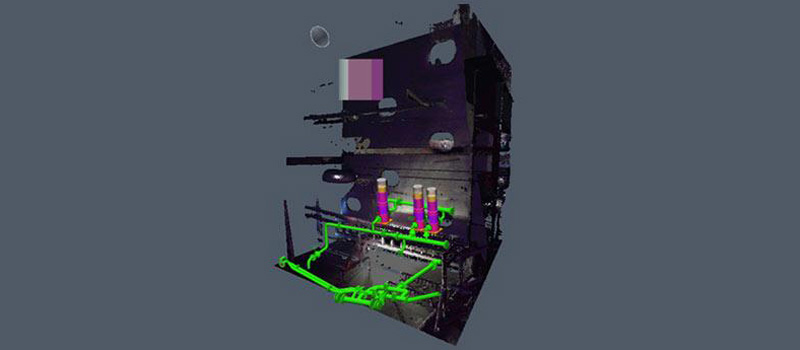
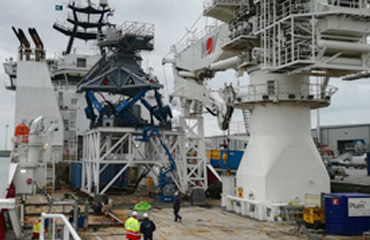
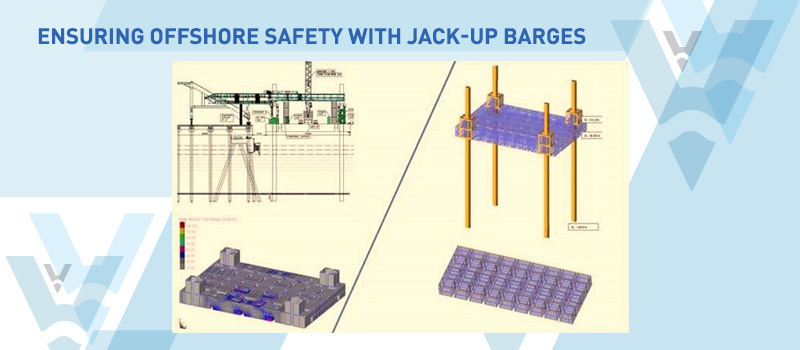
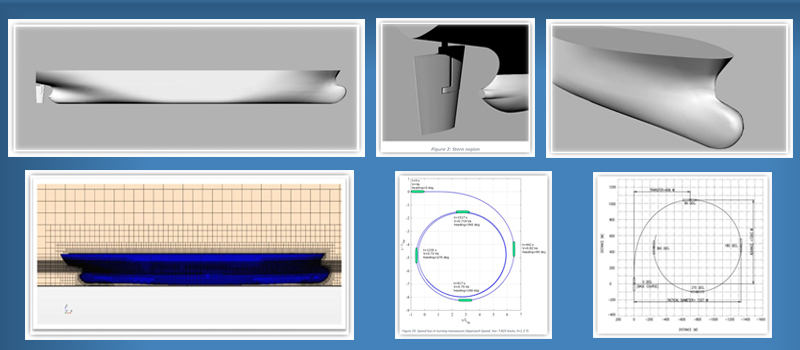
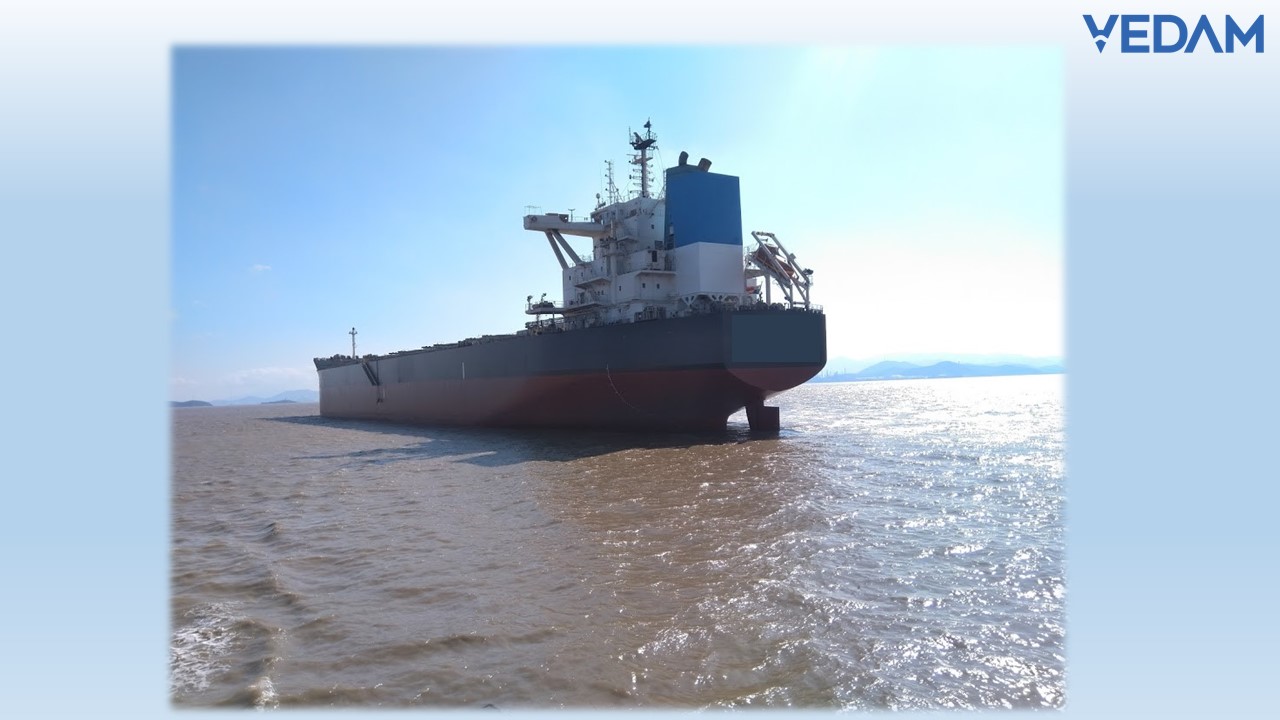
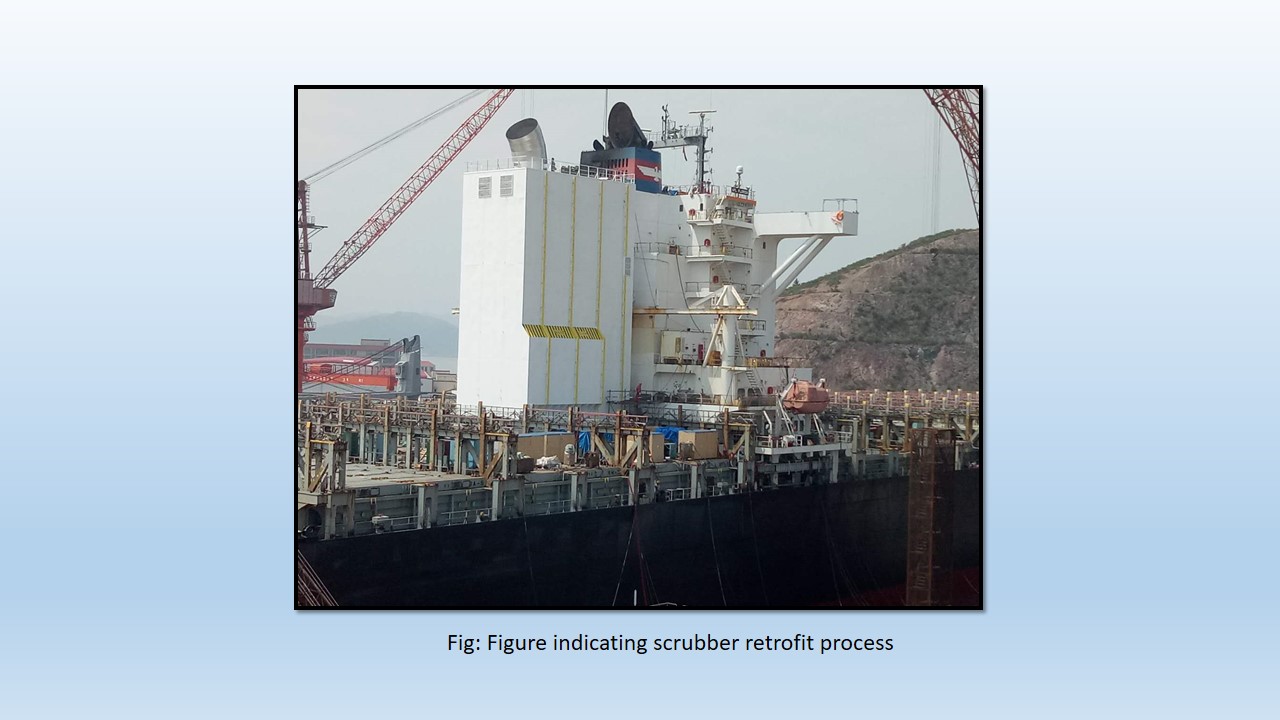
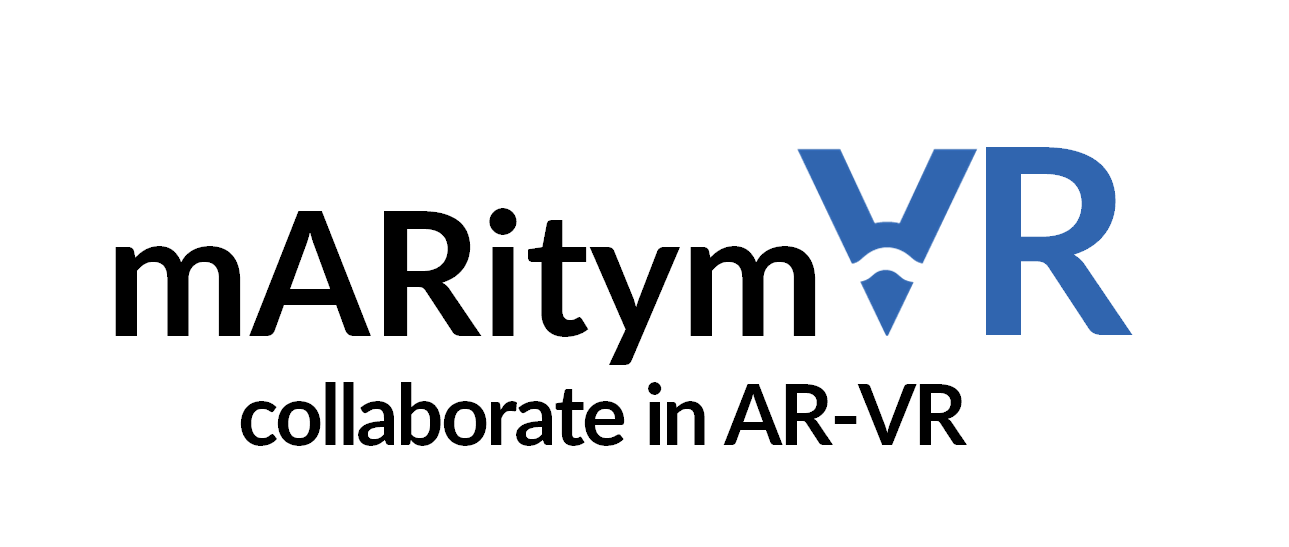
.png)
.png)
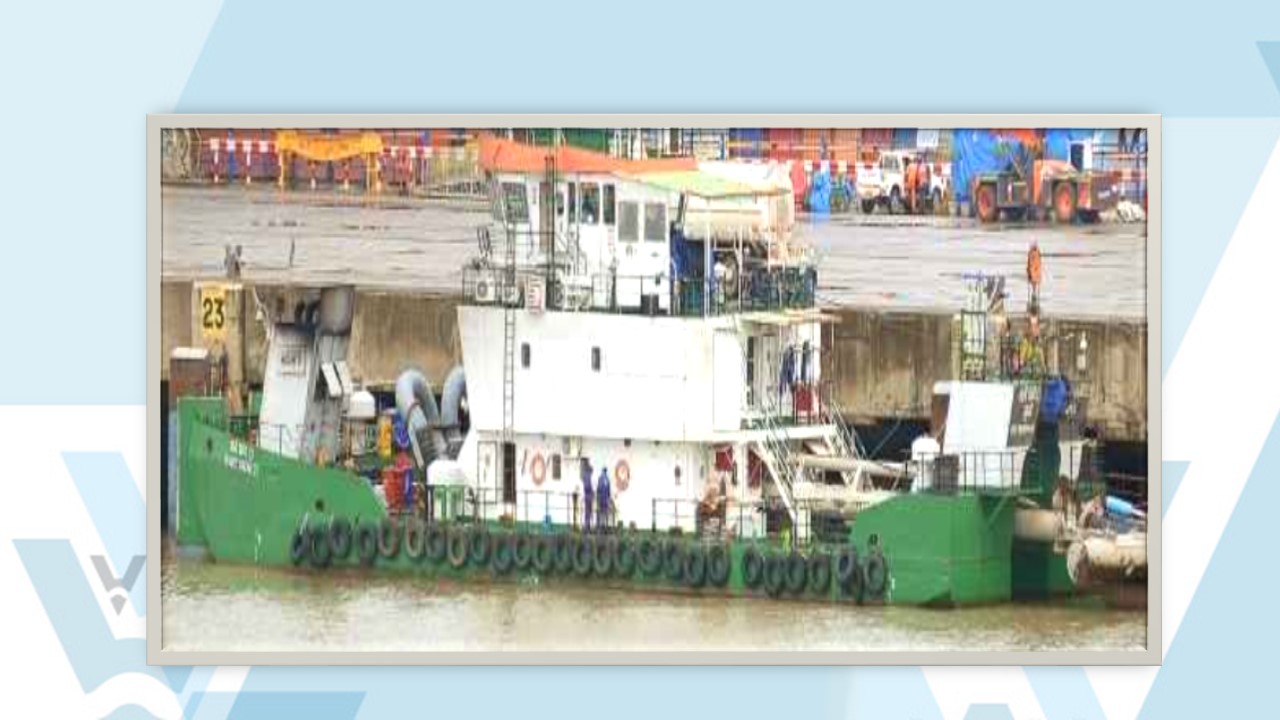
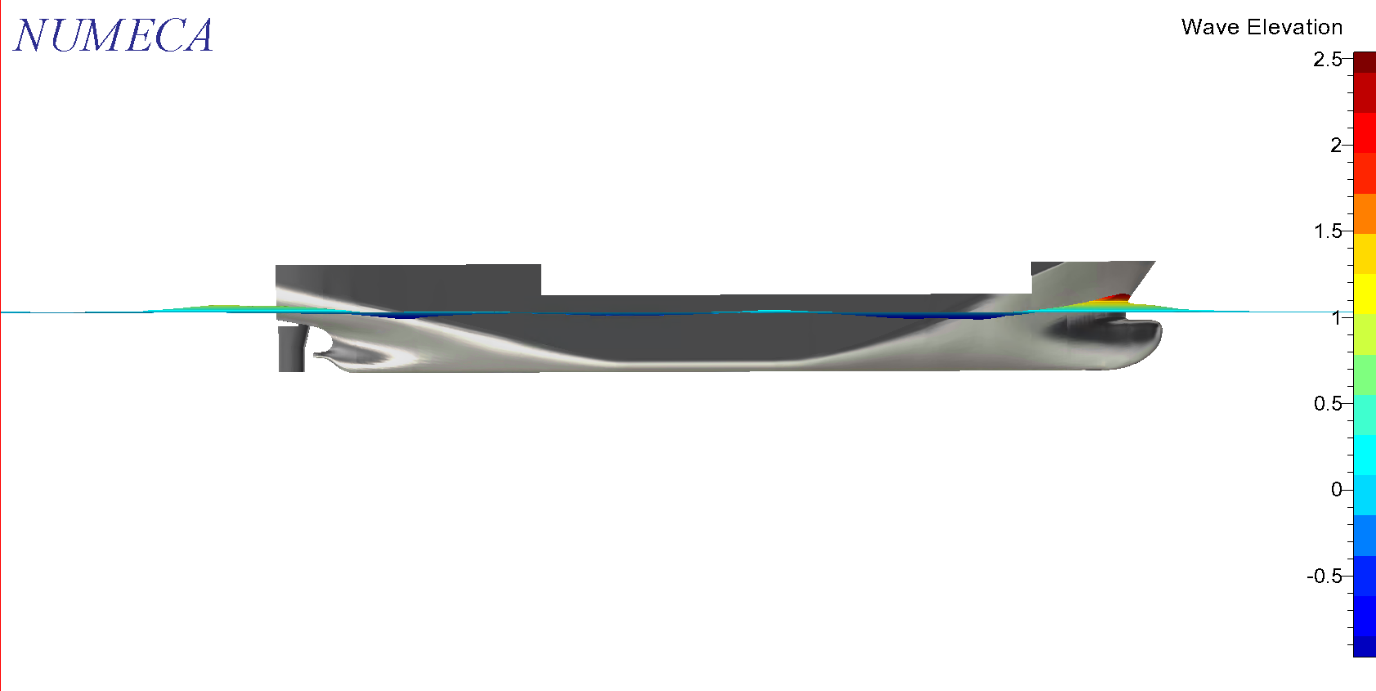


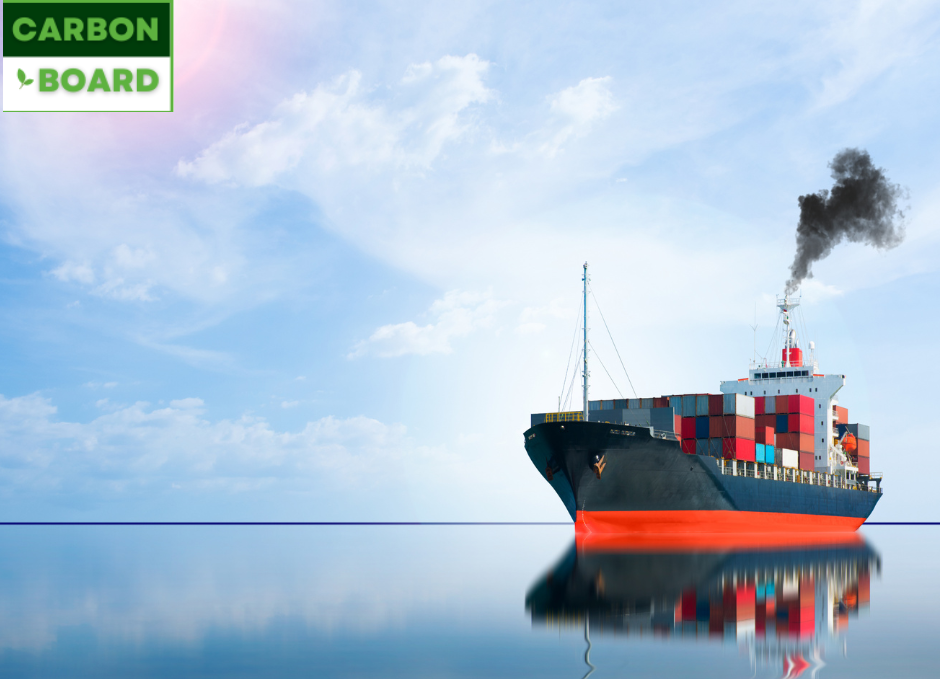


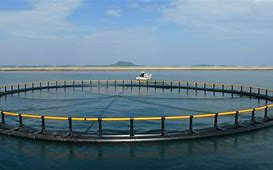
.png)

.jpg)
